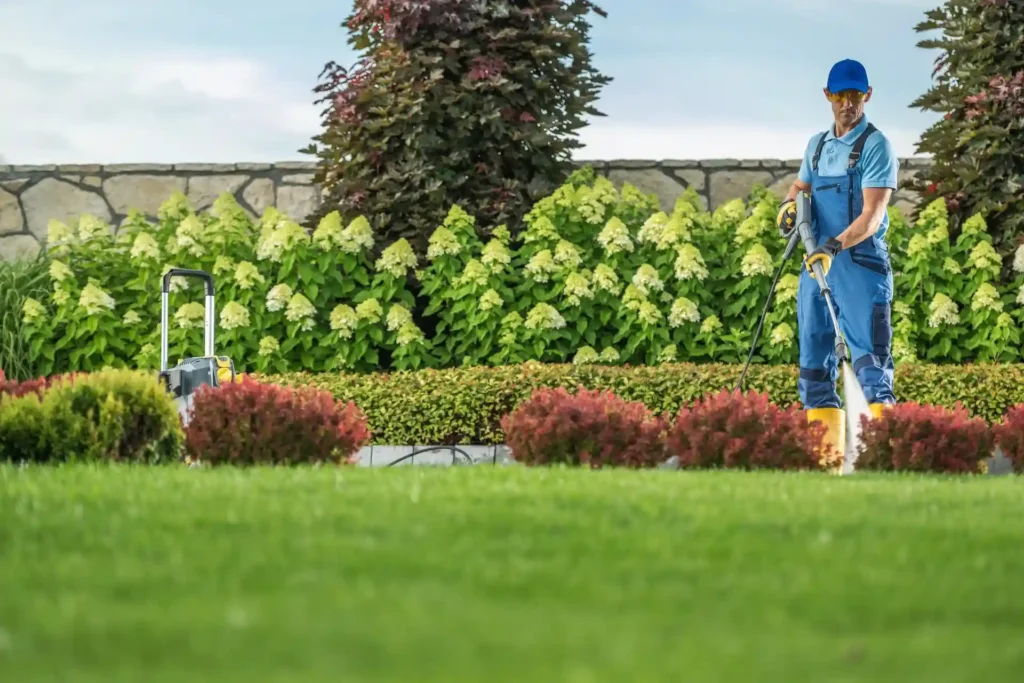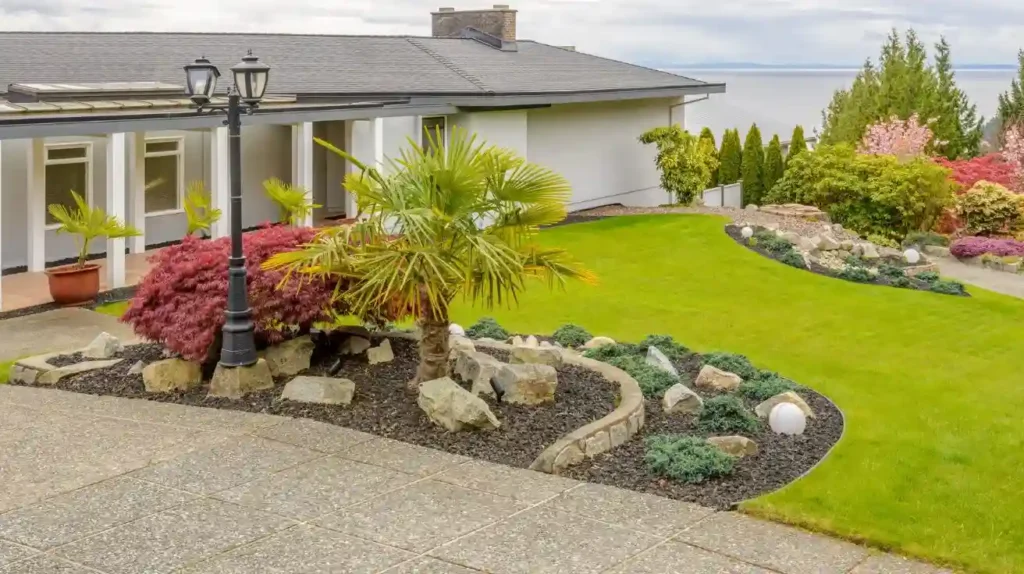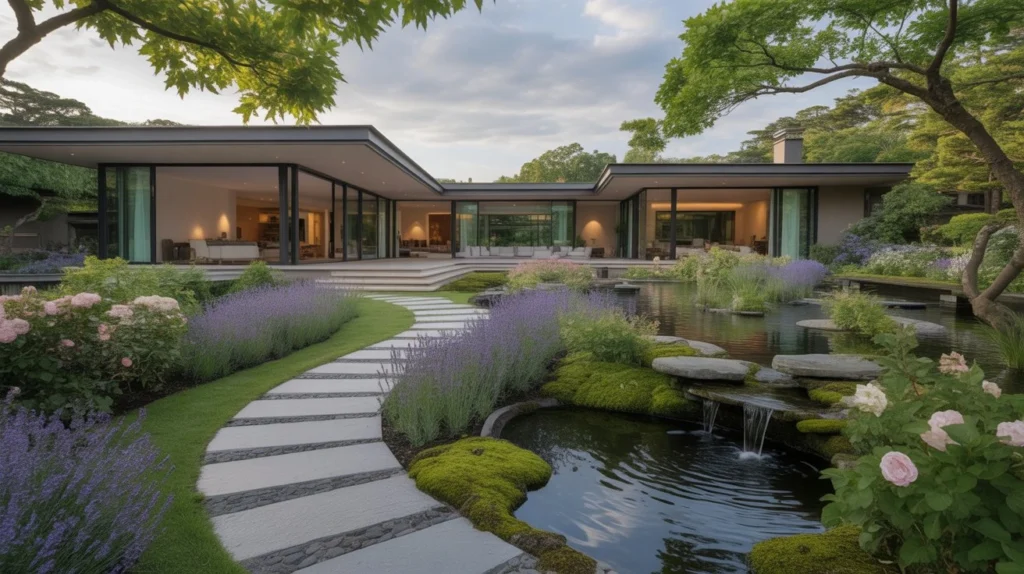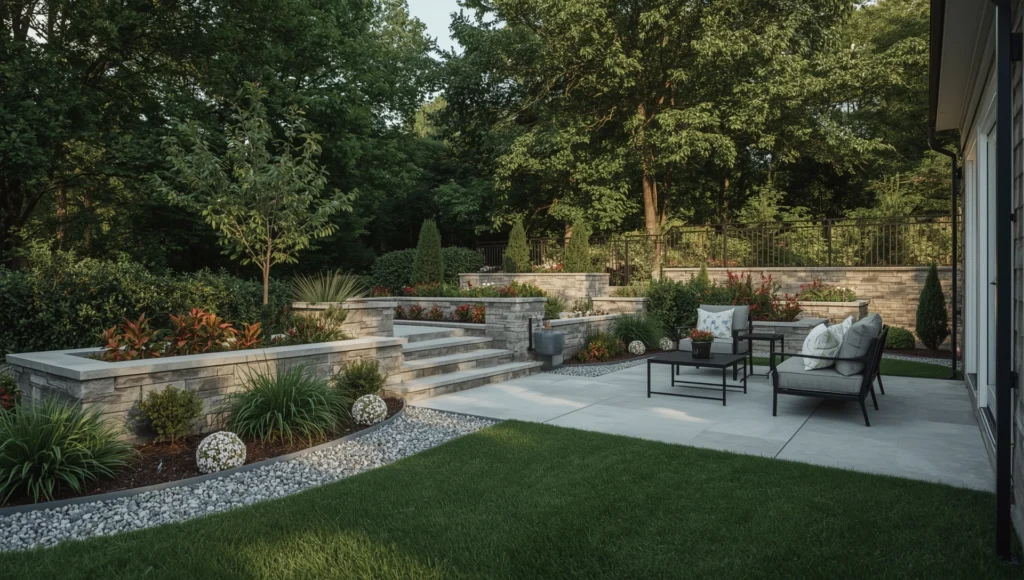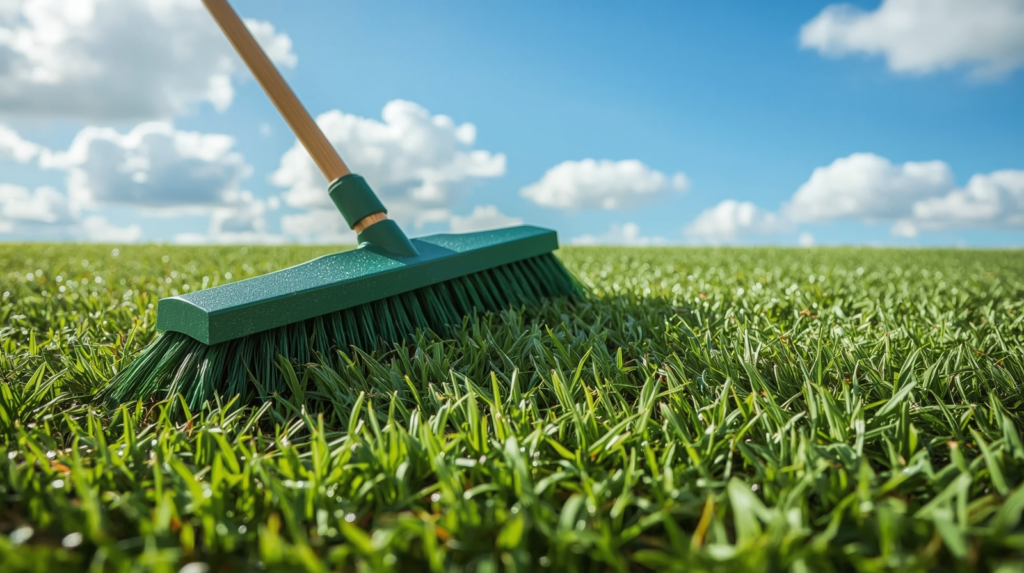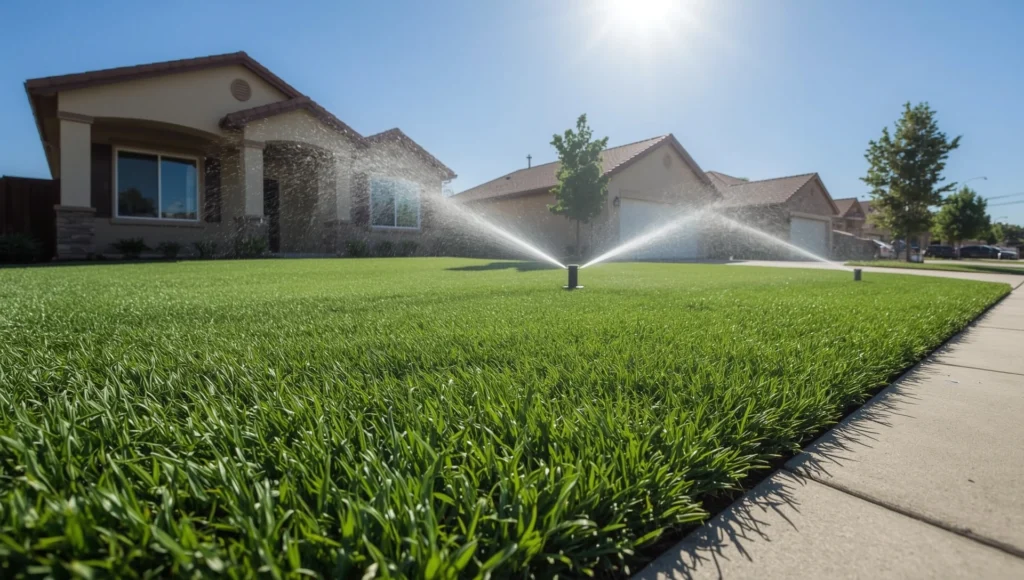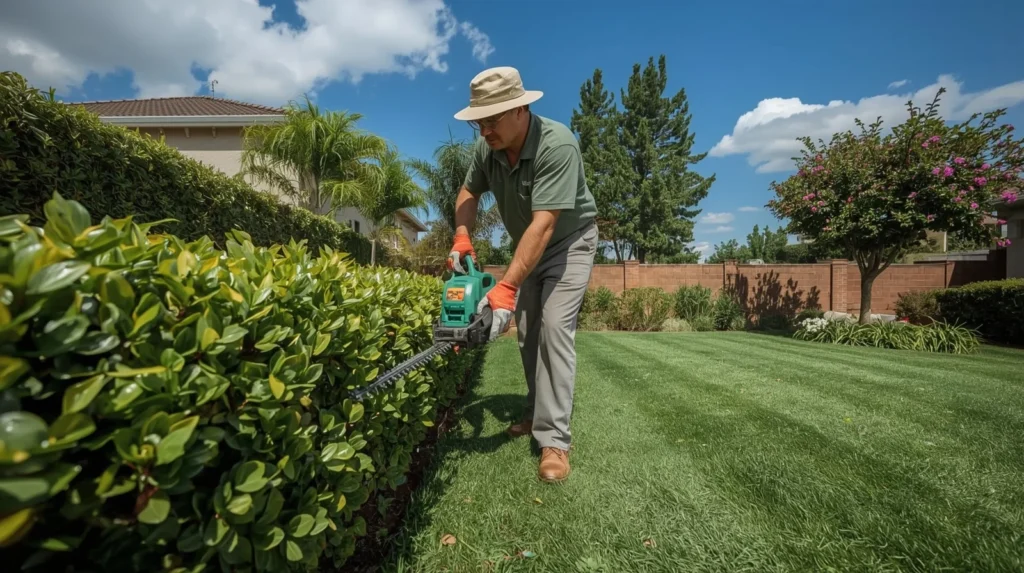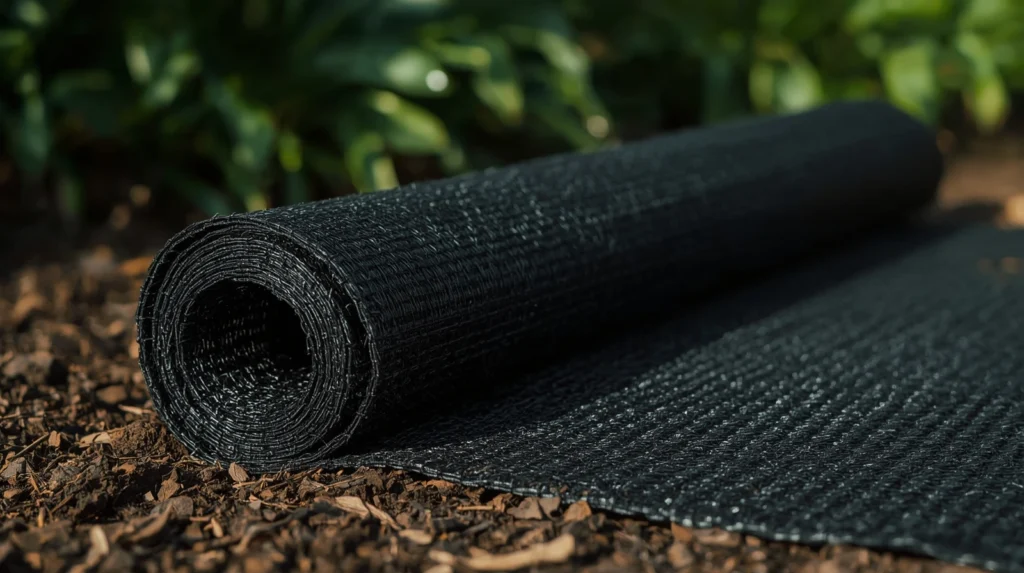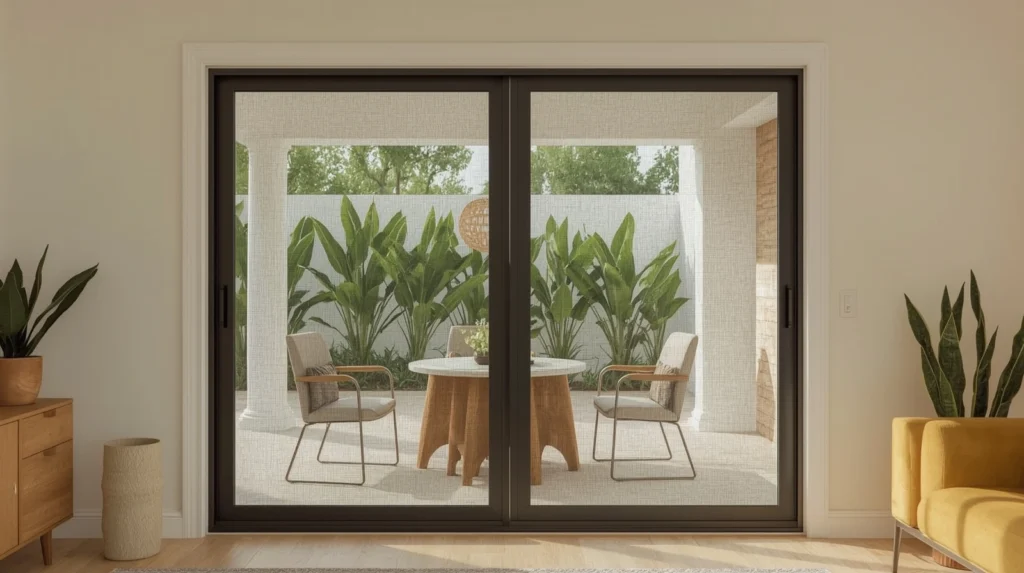How Much Does Lawn Care Cost?
Are you curious about the lawn care cost ? The size of your yard, the services you require, and the frequency of those services will all affect the response. However, the typical monthly cost of professional lawn care services for California households ranges from $100 to $400. At Robert’s Complete Care, we educate homeowners on how to maintain healthy lawns throughout the year and the lawn care cost. This article covers everything from pricing considerations to money-saving advice for comparing estimates on lawn care and maintenance services. Understanding the Real Cost of Lawn Care in 2025 Fuel prices, labor rates, and the increasing demand for environmentally friendly services have all contributed to the rising average cost of lawn care over time. Depending on the size and state of the property, homeowners should budget between $40 and $80 per hour for ordinary yard work in 2025. When you hire lawn care and maintenance services in Whittier, CA, the price usually includes much more than mowing. It often covers trimming, edging, fertilizing, weed control, and clean-up. The more complete the service, the higher the rate but the results are well worth it. For Whittier homeowners, costs can also reflect local climate needs. Hot summers and dry spells mean lawns need more water management and care, which can slightly increase overall pricing. Average Lawn Care Costs by Lawn Type and Size Yard size plays the biggest role in determining your average cost of lawn care. Here’s a breakdown based on typical property sizes: Small lawns (under ¼ acre): $30 – $80 per visit Medium lawns (¼ – ½ acre): $80 – $150 per visit Large lawns (½ acre or more): $150 – $300+ per visit Lawn type also affects the price. For instance: Bermuda or Zoysia grass requires frequent mowing but less watering. Fescue lawns need more water and fertilizer during summer. Artificial turf needs almost no maintenance, only periodic cleaning. If you’re unsure which type suits your property, Robert’s Complete Care can provide tailored recommendations based on your yard’s soil and sunlight. Lawn Care Cost Breakdown by Materials and Labor you hire professionals, the lawn care service rates include both labor and material costs. Here’s what you’re typically paying for: Labor: Covers mowing, edging, and cleanup. ($40–$80/hour) Materials: Fertilizer, seed, mulch, and pest control ($20–$60 depending on brand and coverage) Equipment Costs: Mowers, trimmers, blowers, and fuel use are built into the service rate. Labor takes up about 70% of the total lawn care cost. The remaining 30% goes to materials and equipment. Choosing eco-friendly or organic materials can cost slightly more but offers long-term soil benefits. Cost Comparison: Professional Lawn Care vs. DIY It’s tempting to handle lawn care on your own, but professional help can save time and improve long-term results. Service Type Estimated Cost What’s Included DIY $20 – $50/month (materials only) Basic mowing, self-fertilizing Professional $100 – $400/month Full maintenance, trimming, fertilizing, cleanup DIY might seem cheaper, but you’ll invest in tools, time, and experience. Professionals bring expertise, equipment, and consistency. you also gain access to licensed experts who understand Whittier’s local soil and weather ensuring better results for your investment. Key Factors That Affect the Cost of Lawn Care Several factors can impact lawn maintenance service prices: Lawn Size: The larger the area, the more time and labor required. Grass Type: Some grasses require more frequent mowing or specialized care. Frequency of Service: Weekly or biweekly visits affect monthly pricing. Condition of Lawn: Overgrown or damaged lawns need more initial work. Seasonal Demands: Spring and summer usually cost more due to higher growth rates. Special Treatments: Aeration, seeding, or pest control add to the total cost. Knowing these helps homeowners plan realistic budgets and avoid unexpected charges. Regional Lawn Care Costs in California In California, prices vary slightly based on location, terrain, and weather. Whittier, CA: $100 – $400/month Los Angeles: $120 – $450/month La Habra & Pico Rivera: $90 – $350/month California lawns often require water efficient care due to state drought guidelines.we design lawn care programs that reduce waste and improve soil health ensuring compliance and cost savings. How Much Does It Cost to Maintain a Lawn Each Month? On average, the monthly lawn care cost for most homes in Whittier is between $100 and $400. This includes mowing, edging, fertilizing, and general upkeep. If you prefer less frequent maintenance, a biweekly service may cost around $80 – $250 per month. For full-service plans (including weed control, trimming, and irrigation checks), expect around $300 – $600 monthly depending on property size. Investing in consistent care keeps your lawn healthy and prevents costly repairs later. Neglected lawns can quickly lead to soil damage and patchy grass which costs more to fix in the long run. Tips to Save Money on Your Lawn Care Cost You don’t have to overspend to enjoy a lush, green lawn. Try these budget-friendly tips: Bundle services: Combine mowing, trimming, and fertilizing for a lower total cost. Maintain regularly: Regular care prevents expensive overgrowth cleanups. Install smart irrigation: Reduces water bills and overwatering damage. Choose native grasses: Adapted to Whittier’s climate and need less upkeep. Ask for seasonal discounts: Many companies offer promotions during slower months. At Robert’s Complete Care, we also help homeowners customize affordable maintenance plans to fit their budget and yard goals. Cost Estimates for Sod, Seed, and Artificial Turf Lawns Each lawn material has its own installation and maintenance cost: Type Installation Cost (per sq. ft.) Maintenance Needs Long-Term Cost Seed $0.10 – $0.20 High care at start Low Sod $0.80 – $2.00 Moderate Medium Artificial Turf $5.00 – $15.00 Minimal Low Seed: Cheapest option but needs patience for growth. Sod: Offers instant green coverage with a balanced maintenance routine. Artificial Turf: High upfront cost but saves on long-term lawn care cost. Whittier homeowners often choose a mix of sod and turf for practical beauty and low maintenance. When to Hire a Professional Lawn Care Service If you’re short on time or unsure how to handle
How Much Does Lawn Care Cost? Read More »

